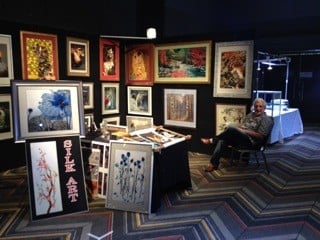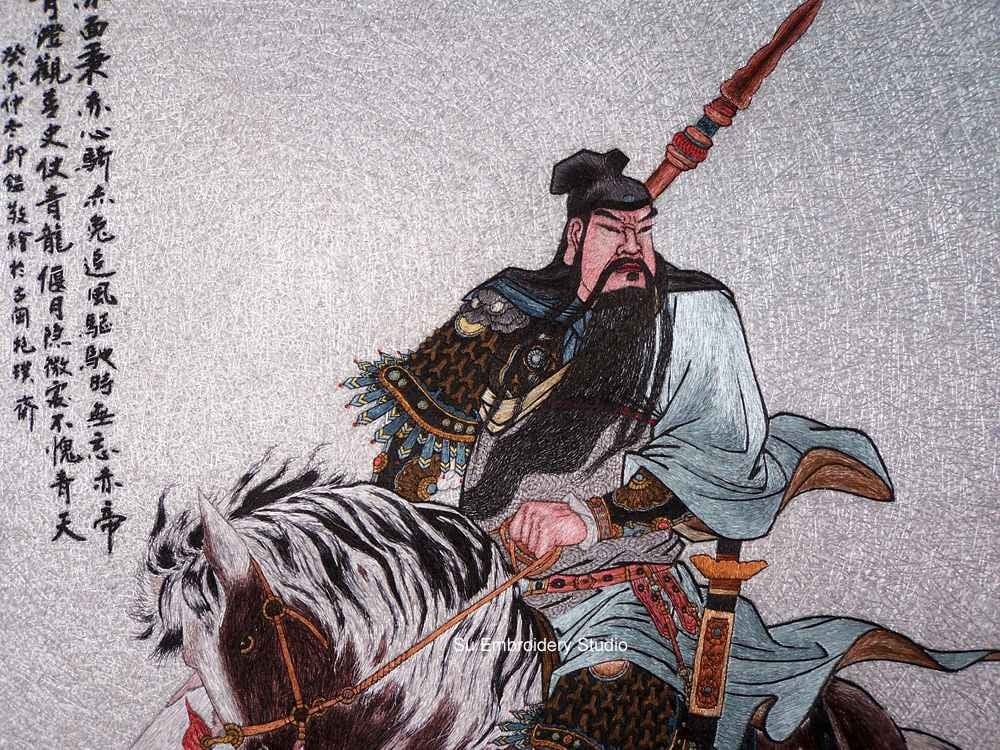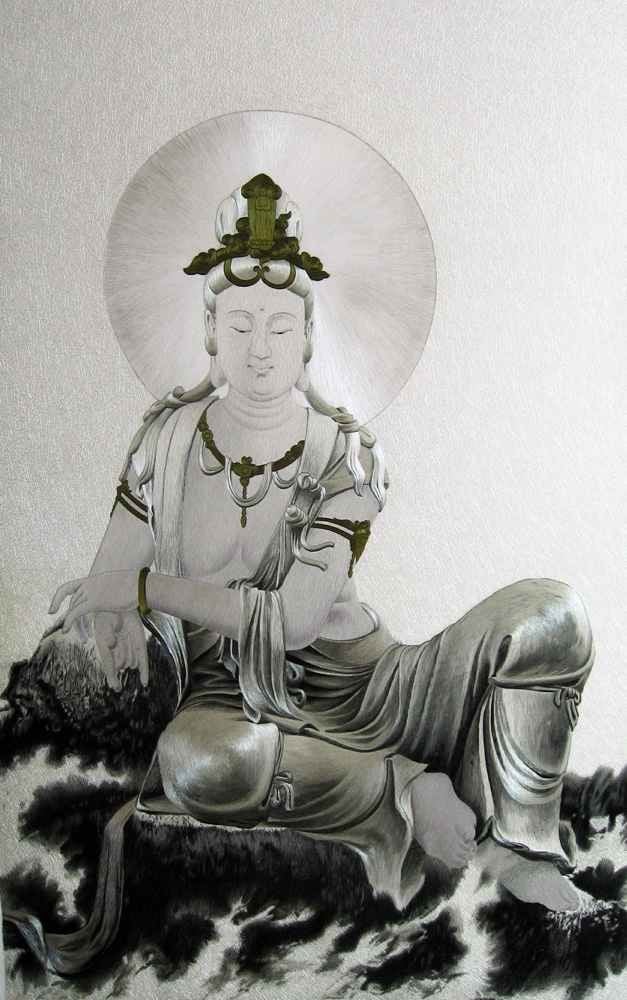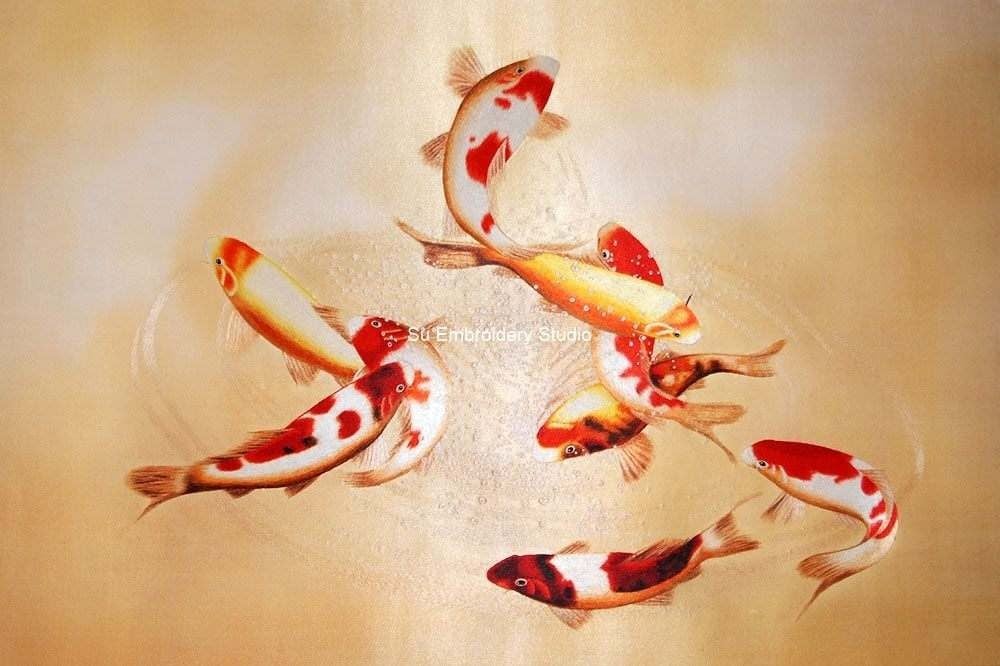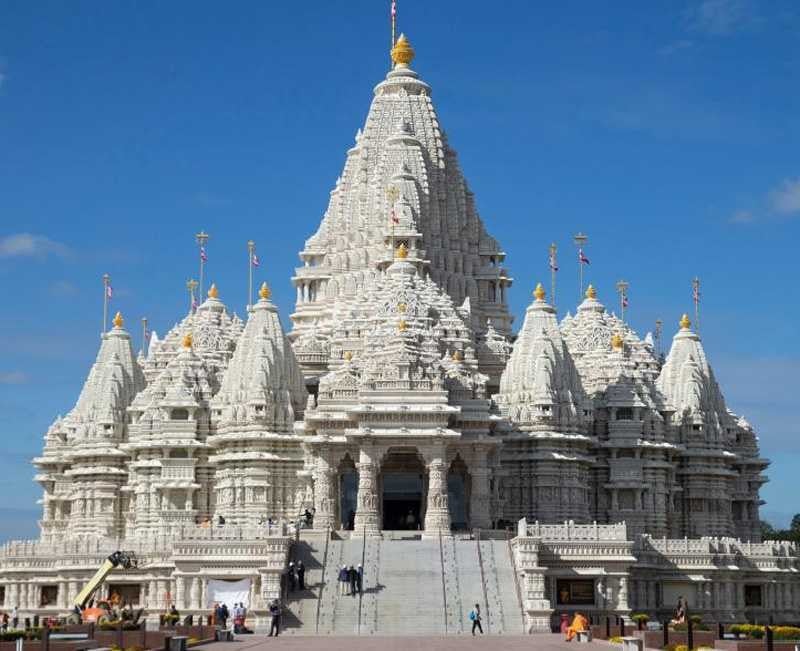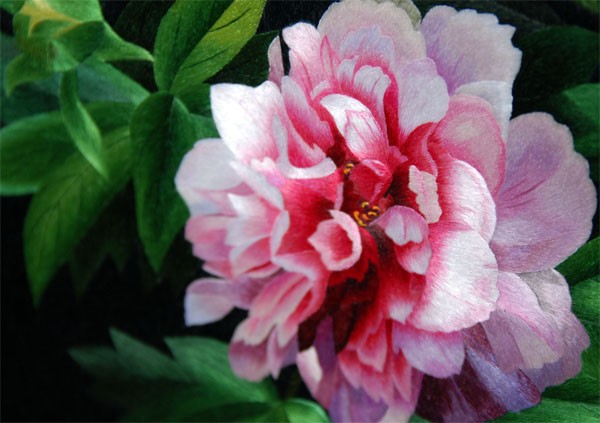
Chinese silk hand embroidery, an ancient and distinctive art form that involves painting with needles and silk threads, has undergone thousands of years of refinement. It has evolved to a point where it rivals oil paintings in terms of color complexity and achieves photographic levels of realism. Among the many schools of Chinese silk embroidery, Su embroidery stands out as the most renowned and widely acknowledged as the finest silk embroidery in China.
In contrast, machine embroidery techniques have experienced rapid development since the 1990s. Initially, machine embroidery primarily focused on creating embroidered logos for clothing. However, some machine embroidery manufacturers in China's Zhejiang province began venturing into a new territory: crafting machine embroidery paintings that closely resembled handmade silk embroidery, particularly Su embroidery.
During the initial stages of this transition, it was relatively easy to differentiate between machine and hand embroidery. Machine embroidery was noticeably coarser in texture. However, with persistent efforts and the advent of computer software applications around 2000, machine embroidery quality saw significant improvements. Today, for the average consumer, distinguishing between machine-made and handmade embroidery has become a formidable challenge. Many machine embroideries available on the market are actually derived from handmade silk embroideries, serving as their foundation.
The process employed by machine embroidery manufacturers involves scanning a handmade silk embroidery into a computer. Embroidery software meticulously dissects the structure of the hand-embroidered piece, stitch by stitch. This software painstakingly records every aspect of the hand embroidery, including stitch details, positions, lengths, and colors. The embroidery machine then uses this data to replicate the embroidery work, mirroring the stitches of the original hand-embroidered piece with remarkable precision.
Online machine embroidery sellers frequently employ semantic tricks to divert attention away from the term "machine." Rather than explicitly stating that their embroideries are machine-made, they often emphasize that the designs are "hand-designed." While it's true that the embroidery base from which machine embroideries are derived is indeed hand-designed and hand-embroidered, the final product undergoes machine-based production. No manual labor is involved. Unlike handmade silk embroideries, which exhibit unique characteristics, embroideries produced using this method display remarkable uniformity because they are mass-produced by machines based on a single handmade embroidery template.
As a result, customers who have never had the opportunity to compare the two may find it increasingly challenging to distinguish between machine-made and handmade silk embroidery. The evolving techniques and advancements in machine embroidery have blurred the lines between the two art forms, making it a compelling yet intricate endeavor for connoisseurs and collectors alike.
If you are interested in learning more, the two articles below will give more ideas on differentiate hand embroidered from machine embroidere,
How to Tell Hand Embroidery from Machine Embroidery
Differences between Hand Embroidered and hand Designed
by Su Embroidery Studio (SES), Suzhou China
SES is dedicated to Chinese Silk Embroidery Art and High-End Custom Embroidery
Find SES's embroidery work at Chinese Silk Embroidery for Sale.








